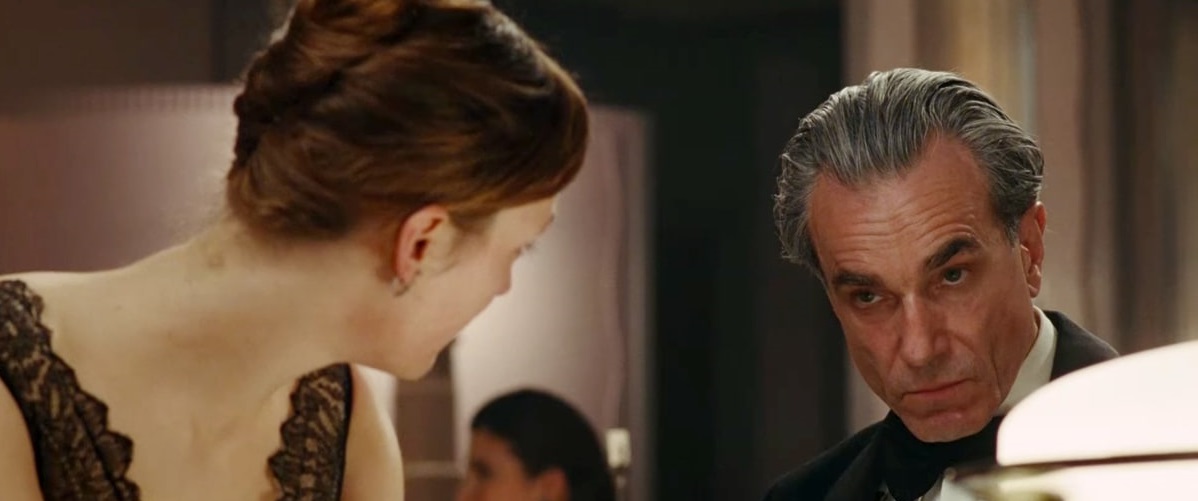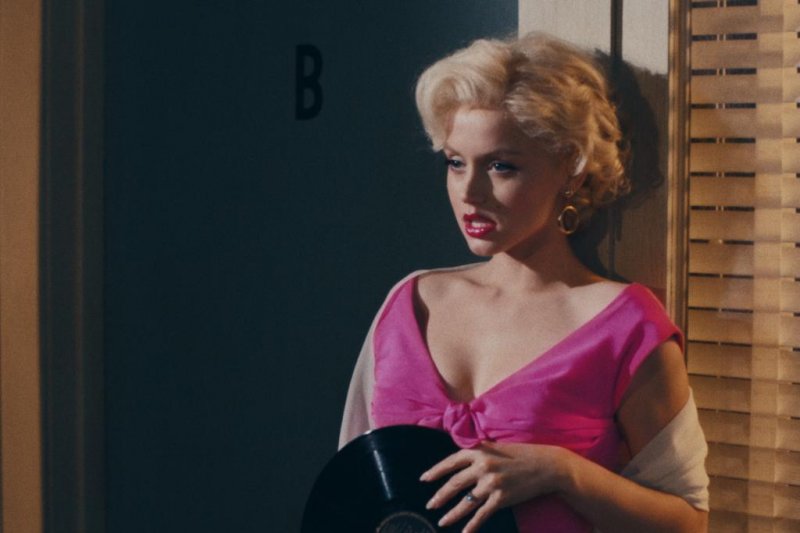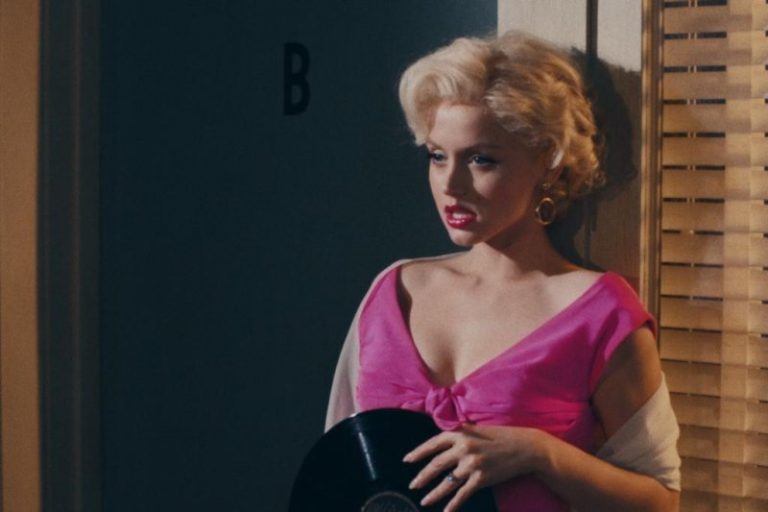
1/5

Ana de Armas plays Marilyn Monroe in Blonde. Photo courtesy of Netflix
LOS ANGELES, September 17 (UPI) – Ana de Armas's performance as Marilyn Monroe was heartwarming. But Blonde, now in some cinemas, shuns traditional biographies by making them uninformed or emotional.
As a child, Gladys (Julian Nicholson), the mother of Norma Jeans (Lily Fisher), told her that Clark Gable was her father. Gladys was cruel and suicidal, so she was hospitalized while Norma Jeane was sent to an orphanage.
As an adult, calling herself Marilyn Monroe (de Armas), she manages her career in Hollywood and her relationships with famous men. Although chronological, the impressionistic account is more like a dream from Monroe's life than a good or bad account.
Monroe's life was undoubtedly tragic when she died at the age of 36. However, Blonde processed most of the Monroe tragedy in a way she could still use to grab attention and win an Oscar.
Blonde is NC-17 rated and feels like a spirited teenager who thinks he's "grown up" because the film's approach to sex makes him super nervous. So the image is reversed during the sex scenes, but the film still focuses on Monroe's Cass Chaplin (Xavier Samuel) and Eddy G. Robinson, Jr. (Evan Williams) and oral sex with John F. Kennedy (Casper Phillipson ). .
A very graphic, albeit artistic, abortion scene likely pushed the film into R-rated territory.In JFK's scene, the long shot of de Armas's face, while obscure, is actually quite striking.
Some of writer / director Andrew Dominik's artistic achievements provide thematic resonance at the close of the nearly three-hour film. Norma Jeane's childhood footprints are repeated three times, revealing early wounds that may never heal.
Monroe calls all her husbands fathers because she misses seeing her real father.
When the photographer captures a private and isolated scene, the surreality of the moment presents itself, even when the physical photographer appears out of nowhere. When fans' mouths scream menacingly, it makes sense as a subjective representation of the overwhelming pressures of fame.
Other non-linear ideas seem random. Movies alternate in color and black and white with no square or widescreen aspect ratio or smoothness.
At first, it appears that the black and white represents Monroe's real life, while the colors represent her Hollywood imagination. But no, some scenes from the film are also presented in black and white.
First Blonde saw de Armas reenact scenes from the famous Monroe movie on screen in an empty, full room for the first time when Gentlemen Prefer Blondes was shown. But then we see him on the set of the next movie. Other scenes from the film are shown in full screen, then the theatrical motifs return.
A very simplistic interpretation is that the black and white scene depicts sadness and, of course, mimics Calvin Klein commercials with absurd and meaningless dialogue. But Monroe's happy moments are also shown in black and white.
Maybe the whole thing didn't make sense because Norma Jeane had it too, but sadly she didn't have to tell the story. This is first described in Joyce Carol Oate's book and later explained again by Dominic.
Blonde's level of conclusion goes beyond dramatic license. It may be irresponsible to present historical characters in this way, even if they clearly call it fiction.
The most interesting part of Blonde is Monroe's focus on Hollywood struggles. Argues gentlemen's salary versus Jane Russell's salary.
After the audition, male producers criticized her performance. But the actors of this scene convey their critique with such art that it is like commenting on the hypocrisy of men's judgments on female talent.
Also included are Monroe's weddings to Joe DiMaggio (Bobby Cannavale) and Arthur Miller (Adrien Brody). Her addiction is happily overcome by the end of the film, even though the abuse she endured in her marriage was inevitable.
The fact that the film itself is so narratively challenging makes de Armas's consistency in his performances all the more remarkable. Capture Monroe's subtle voice without making a caricature and sympathize with the tragedy behind her charming personality.
The world doesn't need another biopic on the same themes as Marilyn or Norma Jean and My Week with Marilyn, but Blonde is so gloomy it just doesn't fit the theme. On the plus side, blondes can be quirky, but never boring.
Blonde will premiere on Netflix on September 28.
Fred Topel, who attended film school at Ithaca College, is a Los Angeles-based UPI entertainment writer. He has been a professional film critic since 1999, a critic of Rotten Tomatoes since 2001 and a member of the Television Critics Association since 2012. Find out more about his work in entertainment.

